Are you tackling a home improvement project that involves drilling through glass or tile? Don't let the thought of it intimidate you! With the right tools and techniques, drilling through these materials can be a breeze. In this guide, we will share with you some valuable tips and tricks to ensure your drilling success. From selecting the right drill bit to mastering the drilling technique, we've got you covered. We understand that drilling through glass and tile can be a delicate task, requiring precision and finesse. That's why we have compiled this comprehensive resource to provide you with all the information you need to tackle this challenge head-on. Whether you're a DIY enthusiast or a professional contractor, our tips and tricks will help you achieve the results you desire. So, let's dive in and discover the secrets to drilling through glass and tile like a pro!

Why drilling through glass and tile can be challenging
Drilling through glass and tile can be challenging due to the hardness and fragility of these materials. Glass is a brittle material that can crack or shatter easily if not drilled properly. Tile, on the other hand, is a dense material that can be difficult to penetrate without the right tools and technique. The smooth surface of glass and tile also makes it hard for the drill bit to grip, increasing the risk of slippage. Additionally, the heat generated during the drilling process can cause thermal stress, leading to cracks or chips. It is essential to understand these challenges and take the necessary precautions to ensure successful drilling.
When working with glass or tile, it is crucial to have the right tools and materials at your disposal. Here are some essentials you'll need for drilling through these materials:
Tools and materials needed for drilling through glass and tile
1. Safety glasses: Protect your eyes from any flying debris or shards that may be released during the drilling process.
2. Masking tape: Apply masking tape over the area you plan to drill to prevent the drill bit from slipping and to minimize chipping.
3. Marker or pencil: Mark the drilling spot on the glass or tile to ensure accuracy and precision.
4. Water or coolant: Lubricate the drilling area with water or a coolant to reduce friction and prevent overheating.
5. Diamond-tipped drill bits: Use diamond-tipped drill bits specifically designed for drilling through glass and tile. These bits are harder and more durable than regular drill bits.
6. Cordless drill or rotary tool: Use a cordless drill or a rotary tool with a variable speed setting for better control and precision.
Having the right tools is just the beginning. Preparing the surface for drilling is equally important to ensure a successful outcome.
Before you start drilling, it is crucial to prepare the surface properly. Here's what you need to do:
1. Clean the surface: Ensure that the glass or tile surface is clean and free from any dust or debris. Use a mild detergent or glass cleaner to remove any dirt or grease.
2. Secure the material: If you're working with glass, place it on a soft, non-slip surface such as a rubber mat or a piece of carpet. This will prevent the glass from cracking or sliding during drilling. For tiles, use a tile adhesive or a clamp to hold them in place securely.
3. Mark the drilling spot: Use a marker or pencil to mark the exact spot where you want to drill. Double-check the placement to ensure accuracy.
4. Apply masking tape: Apply a strip of masking tape over the drilling spot. This will not only prevent the drill bit from slipping but also help reduce chipping.
Now that the surface is prepared, let's move on to selecting the right drill bit for glass and tile.
Choosing the right drill bit for glass and tile
Choosing the right drill bit is crucial for drilling through glass and tile successfully. Regular drill bits are not suitable for these materials as they can cause cracking or chipping. Instead, opt for diamond-tipped drill bits specifically designed for glass and tile. These drill bits have a diamond coating that allows them to cut through the hard surfaces smoothly. They are available in various sizes, so make sure to choose the right size for your project.
When selecting a drill bit, consider the thickness of the glass or tile you're working with. If you're dealing with a thick piece, it is recommended to start with a smaller drill bit and gradually increase the size. This will reduce the risk of cracking or damaging the material. Remember to always use a slow speed setting on your drill to maintain control and prevent overheating.
Drilling techniques for glass and tile
Now that you have the right drill bit and the surface is prepared, it's time to master the drilling technique. Here are some essential tips to keep in mind:
1. Start at a low speed: Begin drilling at a low speed to create a small indentation on the surface. This will help prevent the drill bit from slipping when you increase the speed.
2. Maintain a steady hand: Hold the drill firmly and apply gentle, even pressure. Avoid pushing too hard, as it can cause the drill bit to skid or break.
3. Use a lubricant: To reduce friction and prevent overheating, lubricate the drilling area with water or a coolant. Apply the lubricant periodically throughout the drilling process.
4. Drill at a slow speed: It is crucial to maintain a slow speed throughout the drilling process to avoid damaging the material. High speeds can generate excessive heat, leading to cracks or chips.
5. Take breaks: If you're drilling through a thick piece of glass or tile, take short breaks to allow the material to cool down. This will prevent overheating and minimize the risk of damage.
By following these drilling techniques, you can increase your chances of drilling through glass and tile successfully. However, there are some additional tips that can help prevent cracking or chipping.
Tips for preventing cracking or chipping
Cracking or chipping can be a common issue when drilling through glass and tile. Here are some tips to minimize the risk:
1. Use a backing material: Place a piece of scrap wood or a soft material behind the glass or tile to provide support. This will help prevent cracking or chipping on the backside.
2. Drill in reverse: For glass, try drilling in reverse (counter-clockwise) at a slow speed. This technique can help reduce the risk of chipping on the front side.
3. Apply gentle pressure: Avoid applying too much pressure while drilling. Let the drill bit do the work, and apply gentle, steady pressure to avoid excessive force.
By implementing these tips, you can significantly reduce the chances of cracking or chipping while drilling through glass and tile.
Common mistakes to avoid when drilling through glass and tile
When it comes to drilling through glass and tile, there are some common mistakes that beginners often make. Here's what you should avoid:
1. Using too much force: Applying excessive force can cause the drill bit to skid or break. Remember to apply gentle, even pressure and let the drill bit do the work.
2. Using a dull drill bit: A dull drill bit can increase the risk of chipping or cracking. Regularly check the sharpness of your drill bit and replace it if necessary.
3. Skipping the pilot hole: It is essential to create a small pilot hole before drilling the final hole. This will help guide the drill bit and prevent slipping or damage to the material.
4. Not using a lubricant: Lubricating the drilling area with water or a coolant is vital to reduce friction and prevent overheating. Skipping this step can lead to cracks or chips.
5. Drilling too fast: High drilling speeds can generate excessive heat, causing thermal stress and leading to cracks or chips. Always use a slow speed setting for drilling through glass and tile.
By avoiding these common mistakes, you can ensure a smoother and more successful drilling experience.
Working with glass and tile can be hazardous if proper safety precautions are not taken. Here are some essential safety measures to follow:
1. Wear safety glasses: Protect your eyes from any flying debris or shards by wearing safety glasses throughout the drilling process.
2. Wear gloves: Gloves can provide an additional layer of protection while handling glass or tile. Choose gloves that offer a good grip and dexterity.
3. Work in a well-ventilated area: Ensure that you're working in a well-ventilated space to avoid inhaling any dust or fumes.
4. Keep a fire extinguisher nearby: Glass and tile can generate heat during drilling, increasing the risk of fire. Keep a fire extinguisher within reach as a precautionary measure.
5. Dispose of waste properly: Dispose of any glass or tile waste properly to prevent injuries. Broken pieces should be carefully wrapped and placed in a designated container.
By following these safety precautions, you can minimize the risk of accidents and ensure a safe working environment.
Alternatives to drilling through glass and tile
If drilling through glass or tile seems too challenging or risky, there are alternative methods you can consider:
1. Adhesive hooks or suction cups: Instead of drilling, use adhesive hooks or suction cups to hang items on glass or tile surfaces. These can be easily removed without causing any damage. (not recommended for grab bars)
2. Glue or adhesive: For smaller items, you can use a strong adhesive or glue specifically designed for glass or tile. This eliminates the need for drilling and reduces the risk of damage. (not recommended for grab bars)
Consider these alternatives if you're hesitant about drilling through glass or tile but still want to achieve the desired outcome.
Conclusion
Drilling through glass and tile may seem daunting, but with the right tools, techniques, and precautions, you can accomplish it successfully. Remember to select the appropriate drill bit, prepare the surface properly, and follow the recommended drilling techniques. Take the necessary safety measures and avoid common mistakes to minimize the risk of cracking or chipping. If you're still unsure or hesitant, consider alternative methods such as adhesive hooks or glue. By following these tips and tricks, you'll be able to tackle any drilling project involving glass and tile with confidence and achieve the results you desire. Happy drilling!

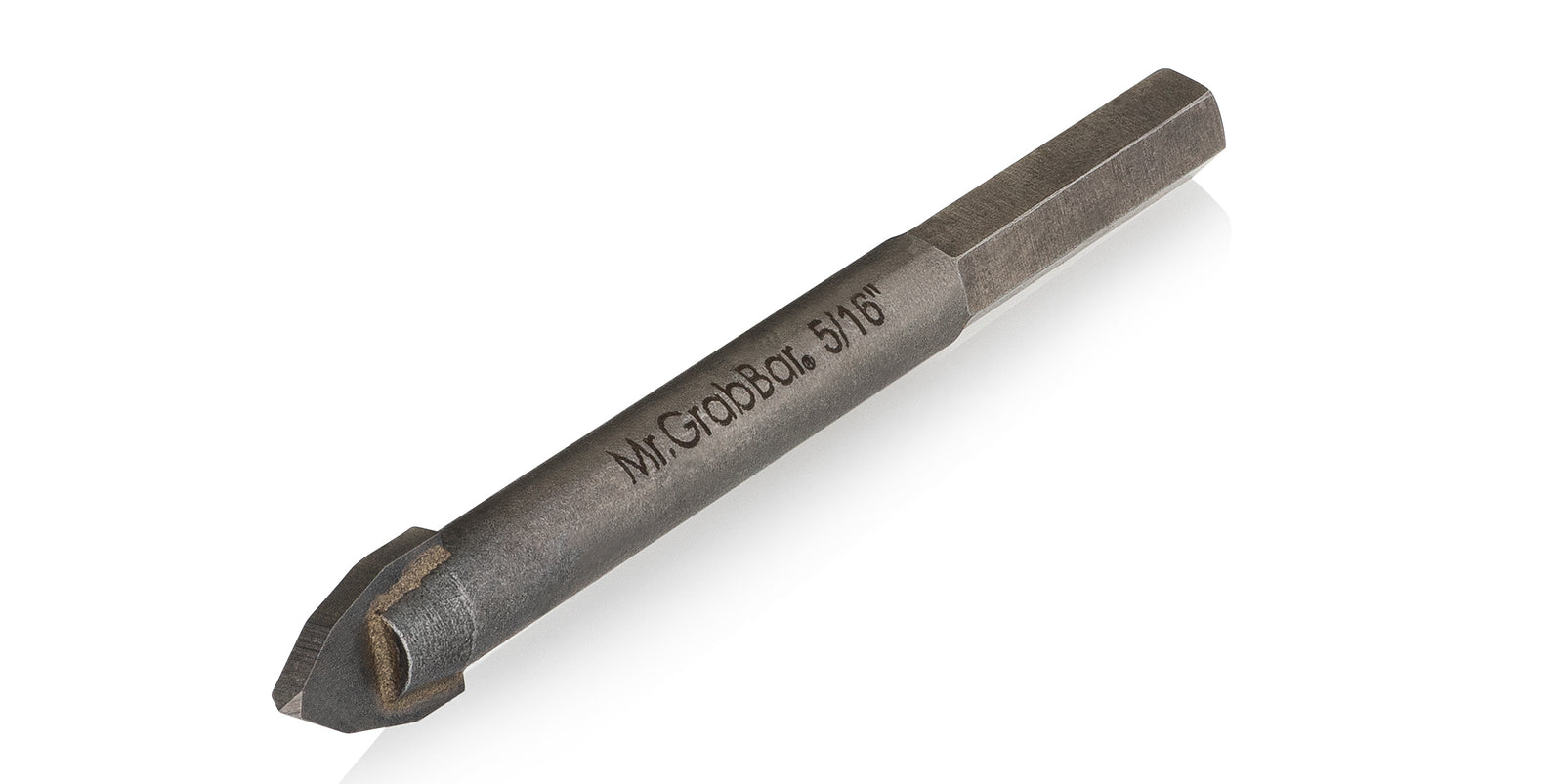


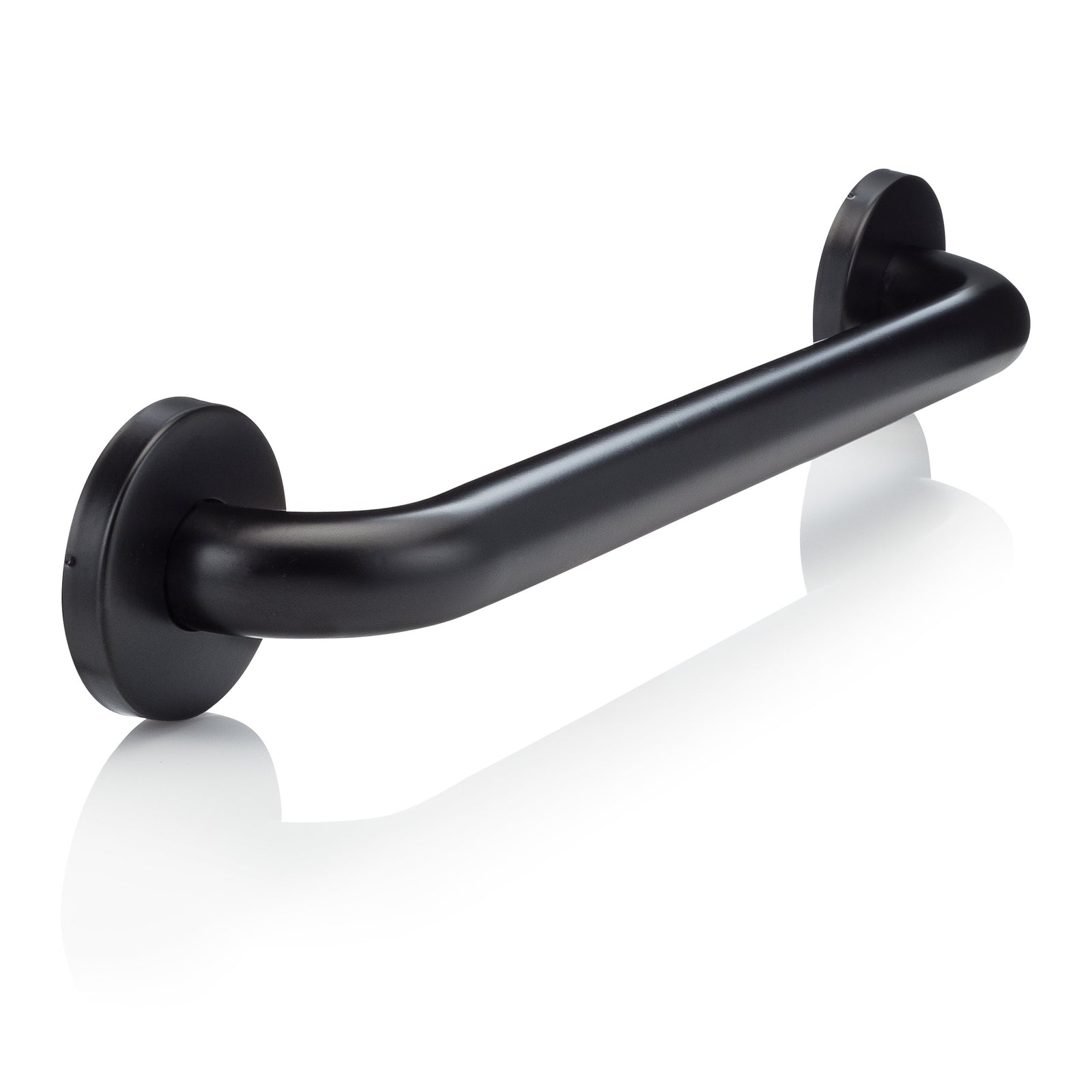
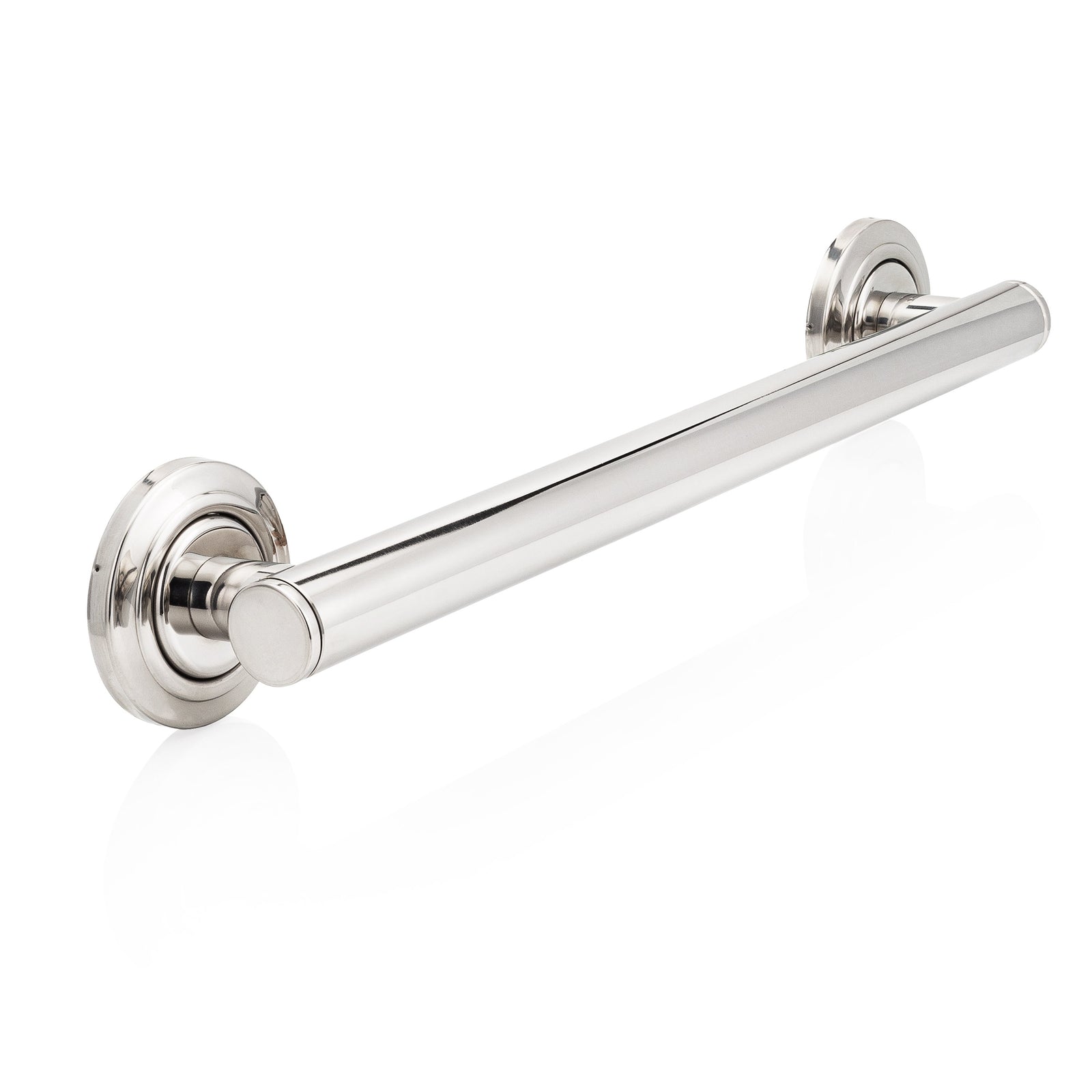
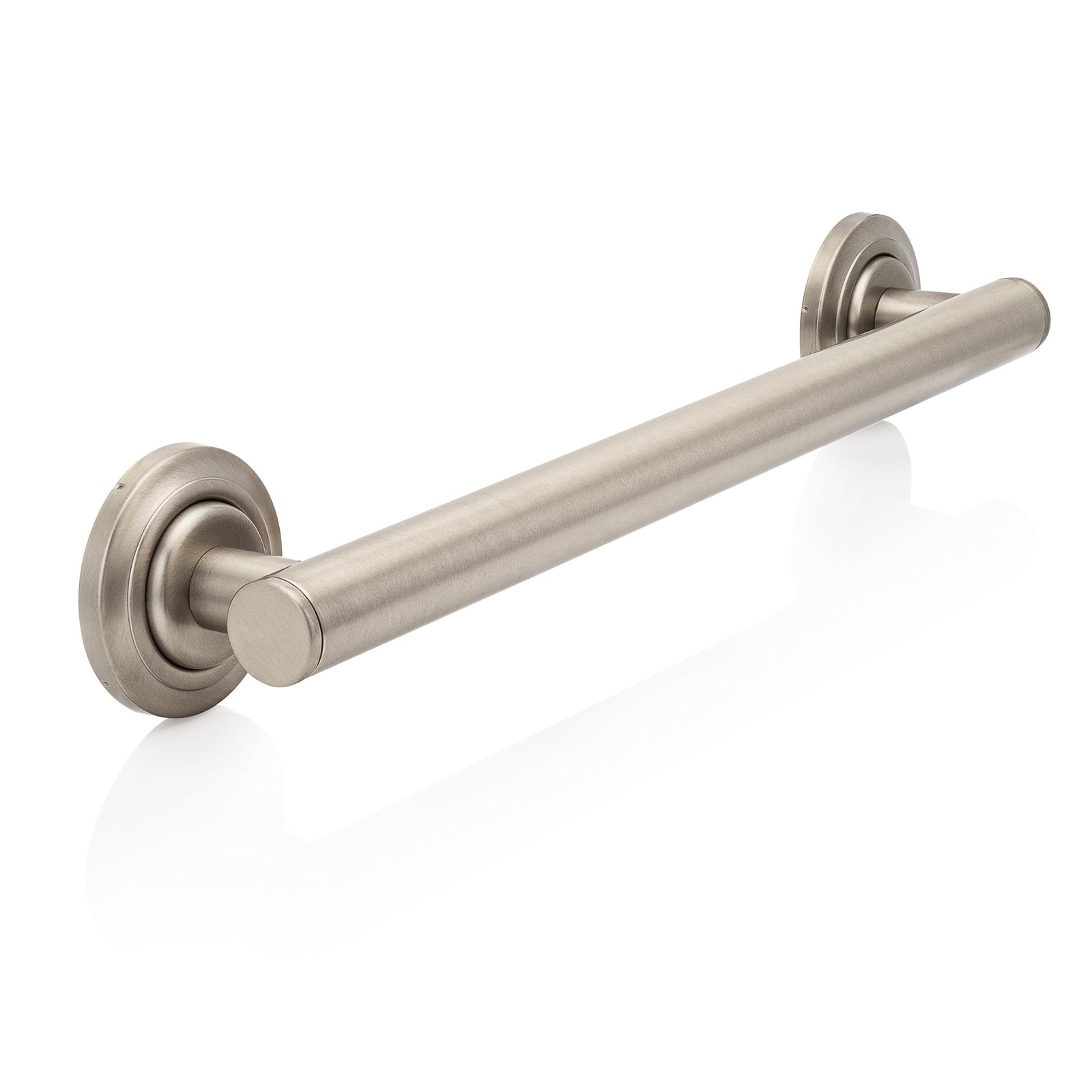

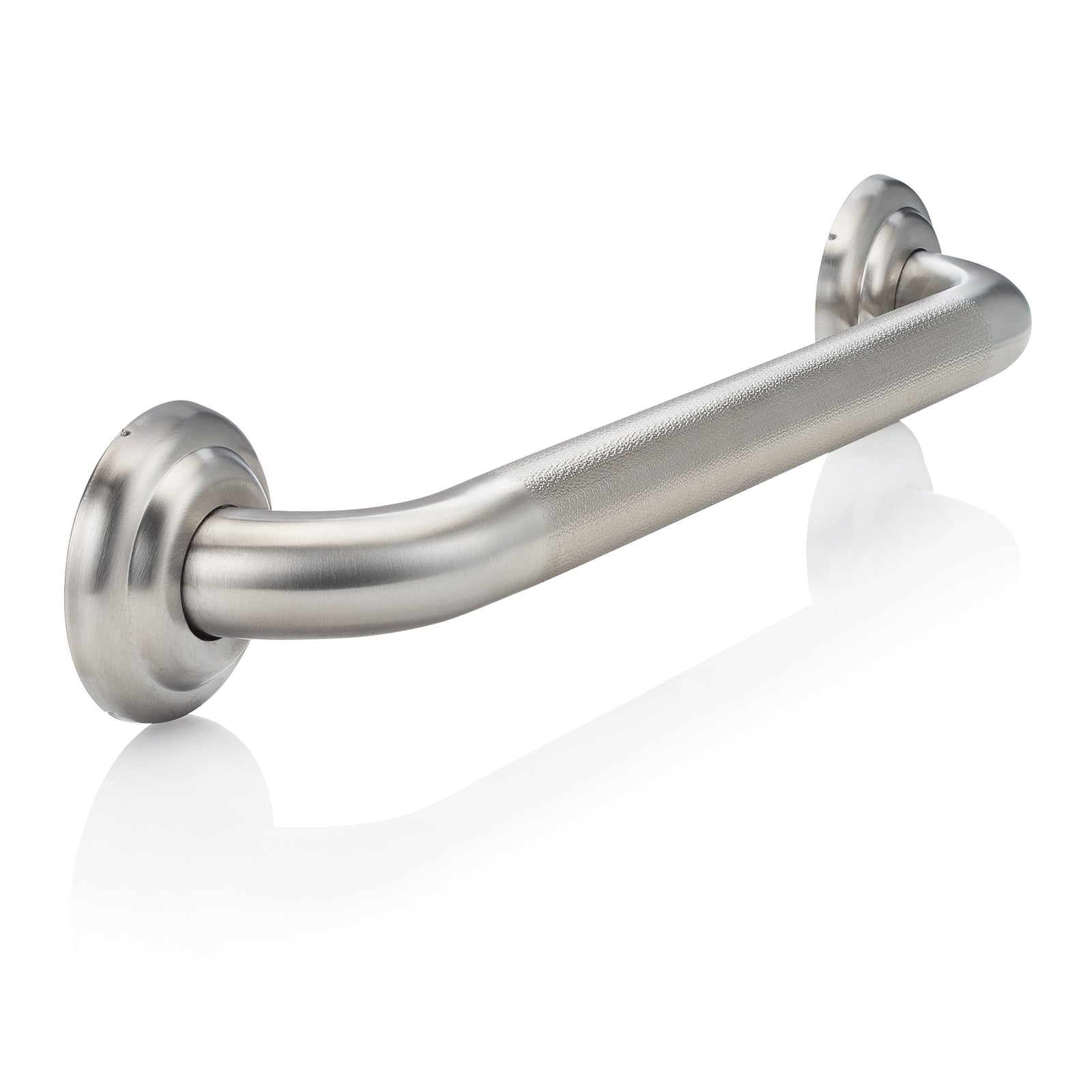
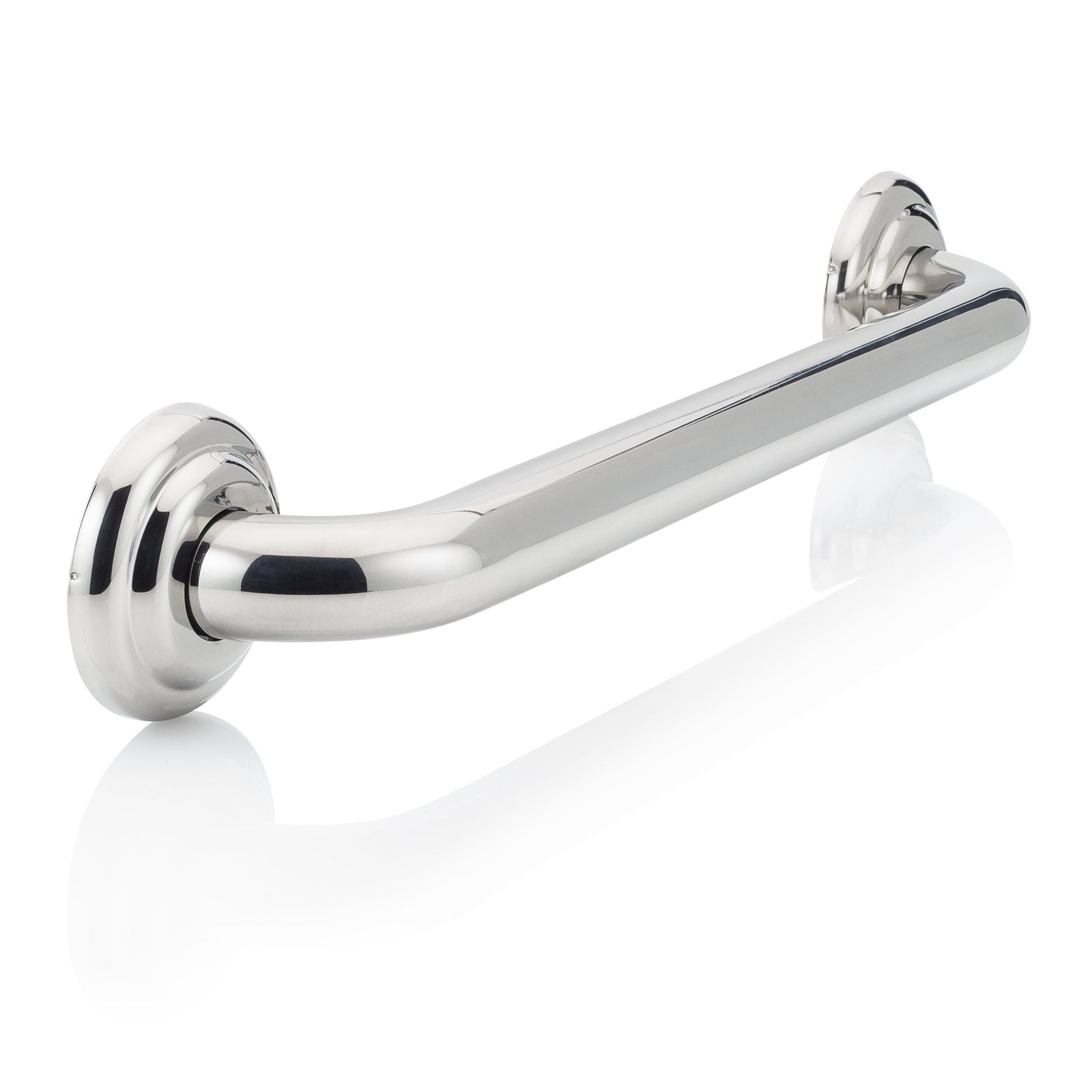
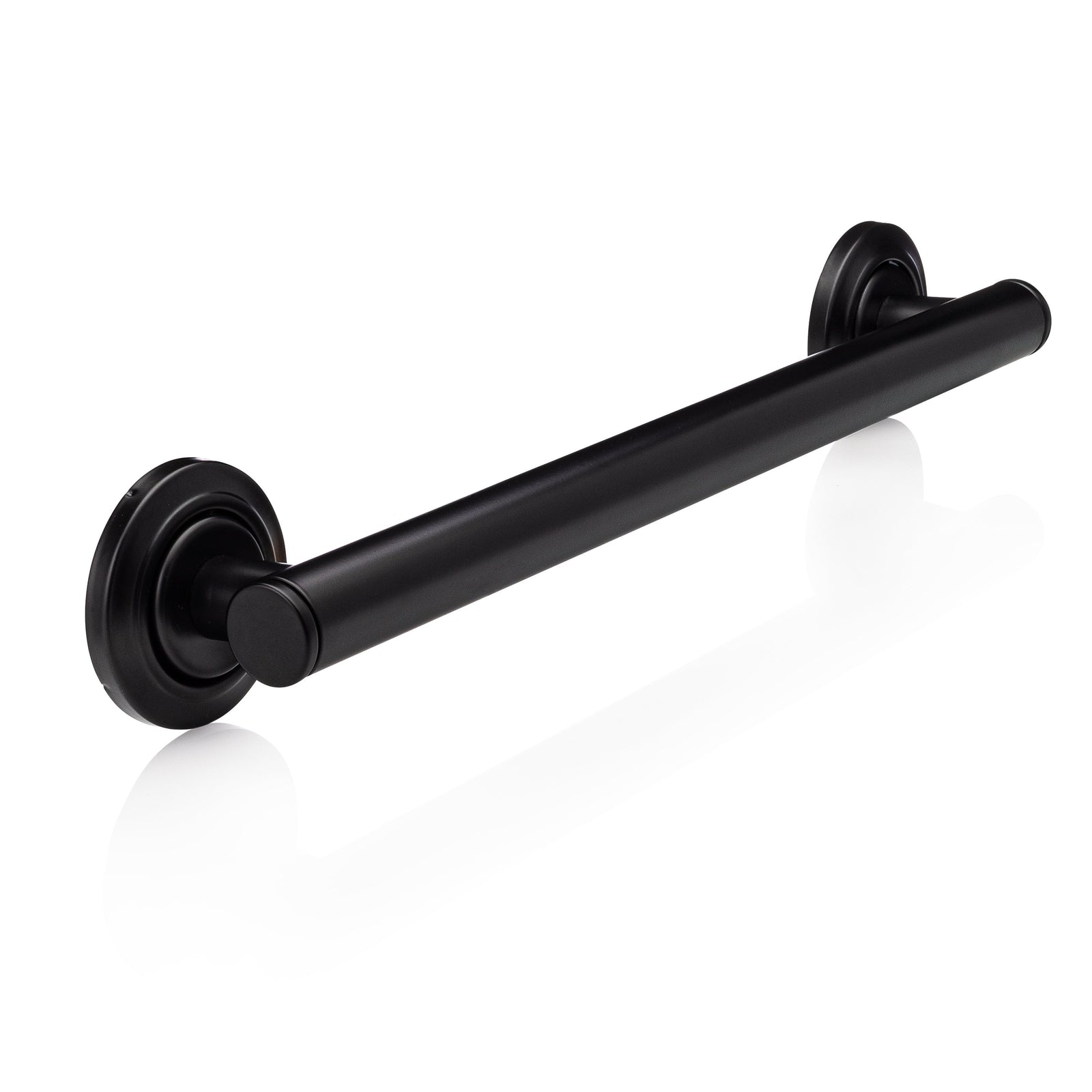
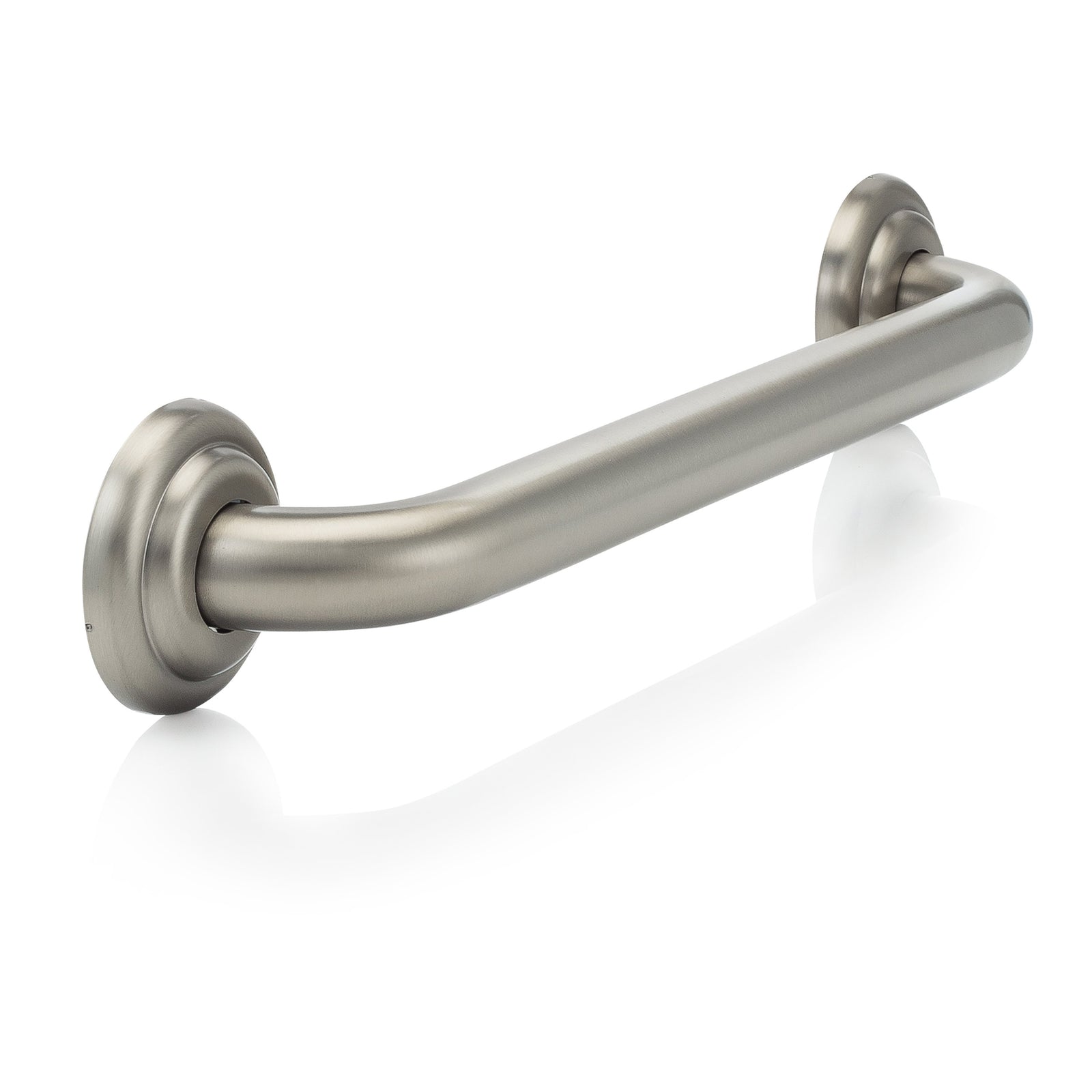
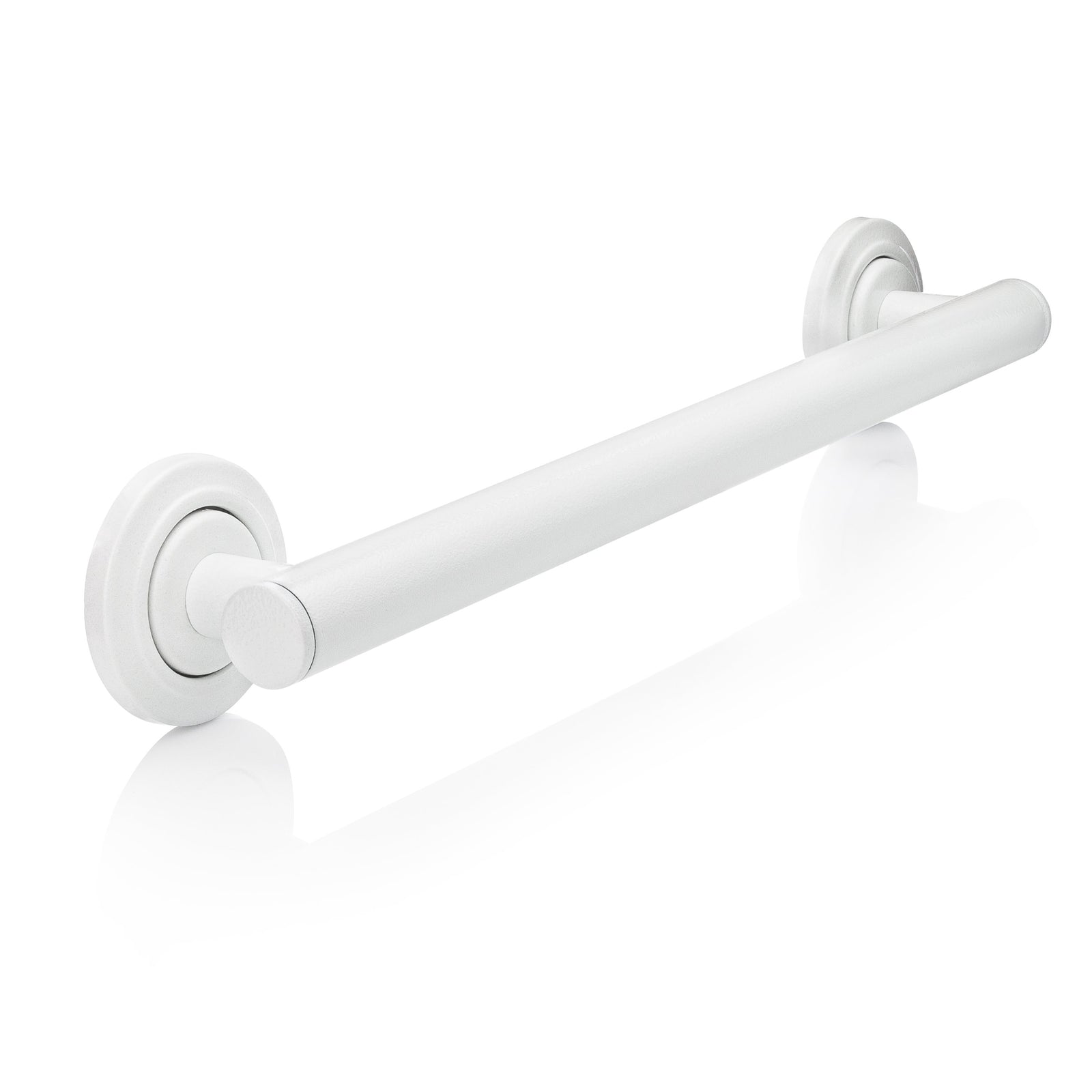
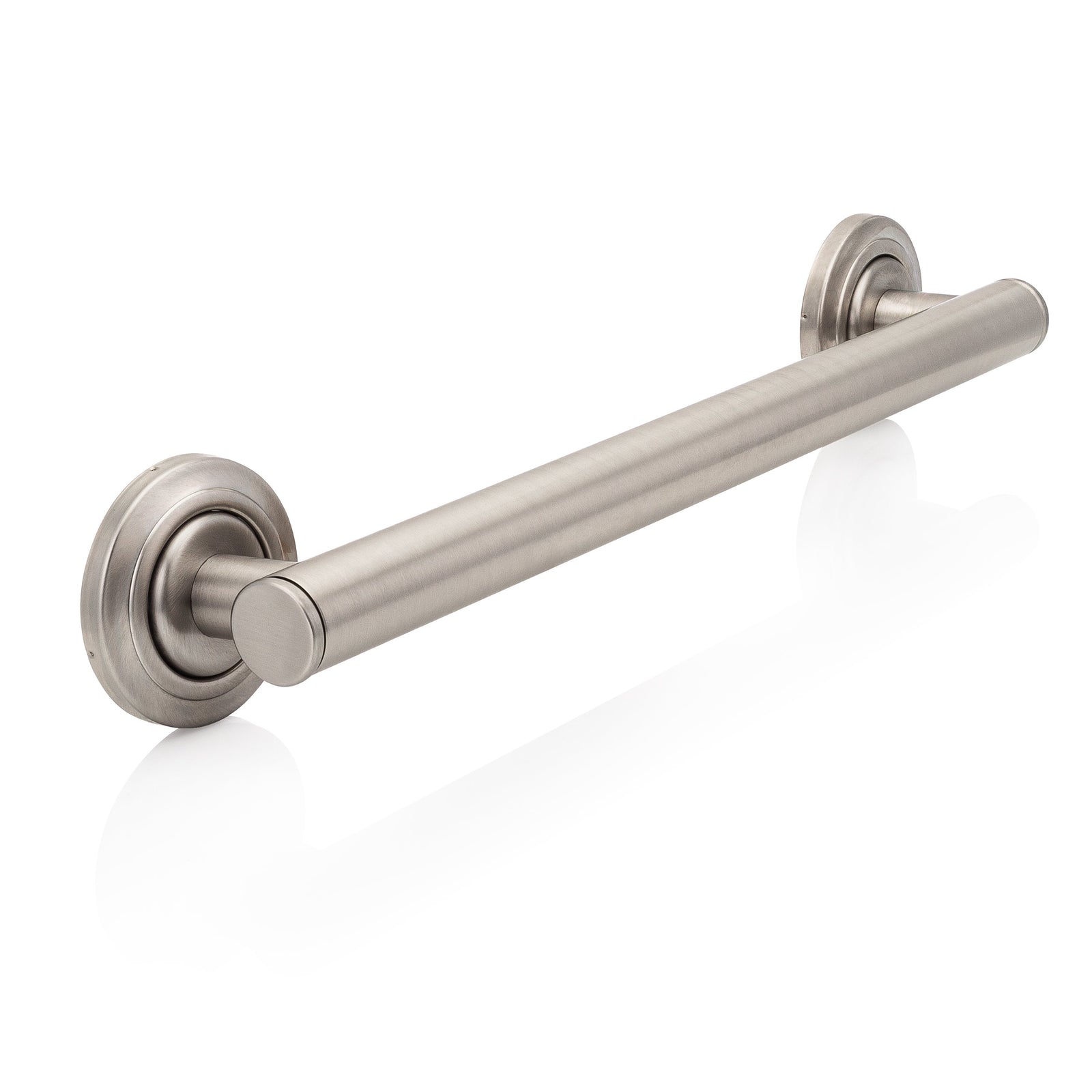
Leave a comment (all fields required)